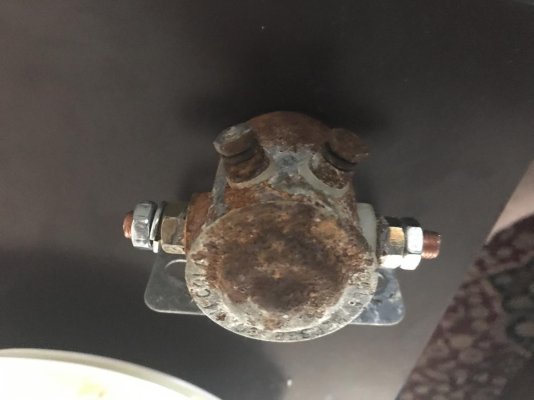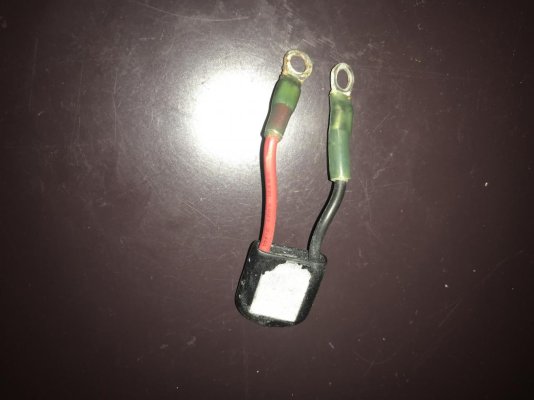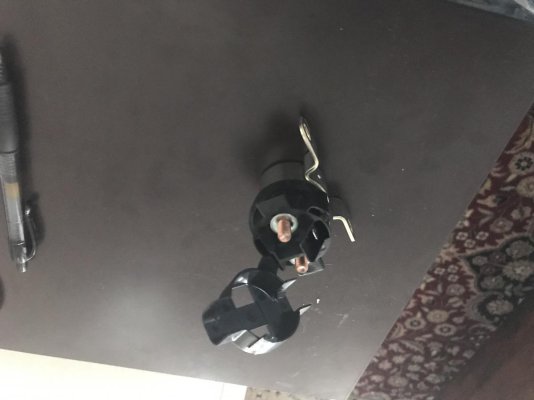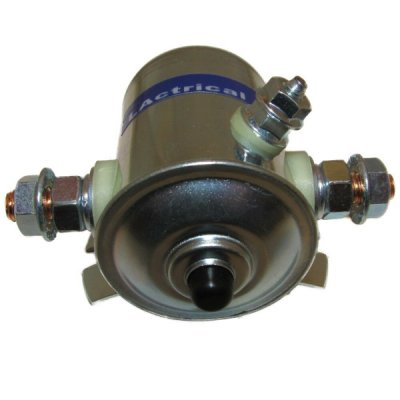Wdeertz
Senior Member
I recently replaced the starter relay on my John Deere 6068 engine. The newly installed starter relay was a JD OEM version and was significantly smaller than the old one removed. Also the old relay had what appeared to be a resistor (see photo) across the control switch lugs. I installed the new starter relay without the resistor and the engine started right up.
Anyone know what the purpose of the resistor across the control lugs is for?
Anyone know what the purpose of the resistor across the control lugs is for?




